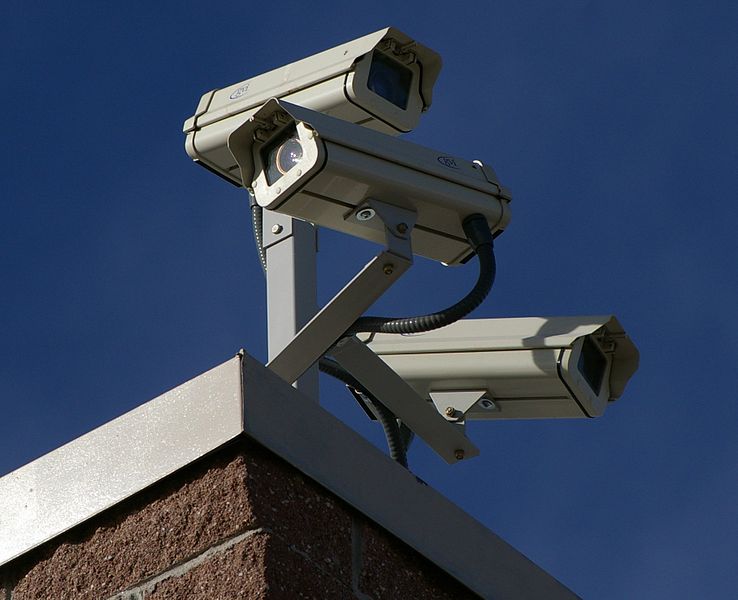
As students return to classes today after the murder of 20 children in Newtown, Connecticut, parents may find some reassurance in a single fact: Students are far less likely to be killed in school than elsewhere.
In the 2009-2010 year, 17 children ages 5 to 18 died in homicides at school, traveling to or from campuses or at school events, according to the U.S. Education Department. That’s about half the annual figure during much of the 1990s. In a population of more than 50 million students, the school-related death toll has been about 1 percent of all homicides for that age group.
Responding to high-profile shootings since the late 1980s, school districts stationed police officers on campuses, established single points of entry for buildings, trained staff through “lockdown drills” to minimize casualties and promoted programs to teach conflict resolution and fight bullying.
“Schools are safe, and they are safer than they were,” said Stephen Brock, a professor of school psychology at California State University, Sacramento, who has trained more than 4,000 educators in preventing and responding to such crises. “Unless we turn our schools into prisons, we aren’t going to be able to prevent some truly motivated person from entering school grounds. There are things we should do, but there are limits.”
Two previous killings, in particular, led to the current round of safety measures in public schools. At Columbine High School in Littleton, Colorado, two students in 1999 killed 12 classmates and a teacher. At Cleveland Elementary School in Stockton, California, a gunman in 1989 murdered five students.
Single Entry
Today, security often varies based on the age of schools, as newer buildings typically have the most important protection — a single entryway, often with a vestibule or buzzer to control access — according to Paul Timm, president of RETA Security Inc., which consults with school districts.
Middle schools and high schools often station a police officer on their campus, both for security and to train staff and form relationships with students to prevent violence, said Mo Canady, executive director of the National Association of School Resource Officers in Hoover, Alabama. Such full-time officers are less common in elementary schools.
“We do see that as a gap,” Canady said in a telephone interview. “It is a funding issue.’
Bloomberg has the full article











